
views
PM Modi during an event in New Delhi announced that the national capital will host the world’s largest museum- Yuge Yugeen Bharat National Museum. The new museum will replace the existing National Museum, located on Janpath in Delhi.
The upcoming Yuge Yugeen Bharat National Museum will have eight thematic segments telling the story of India spanning across 5,000 years.
Location and Size of Museum
The new museum will be spread in an area of over 1.17 lakh square metres and have 950 rooms spread over a basement and three storeys. The old museum will become part of Kartavya Path, which was previously called Rajpath.
The upcoming museum will be housed at the North and South Blocks, which currently house various ministries and departments.
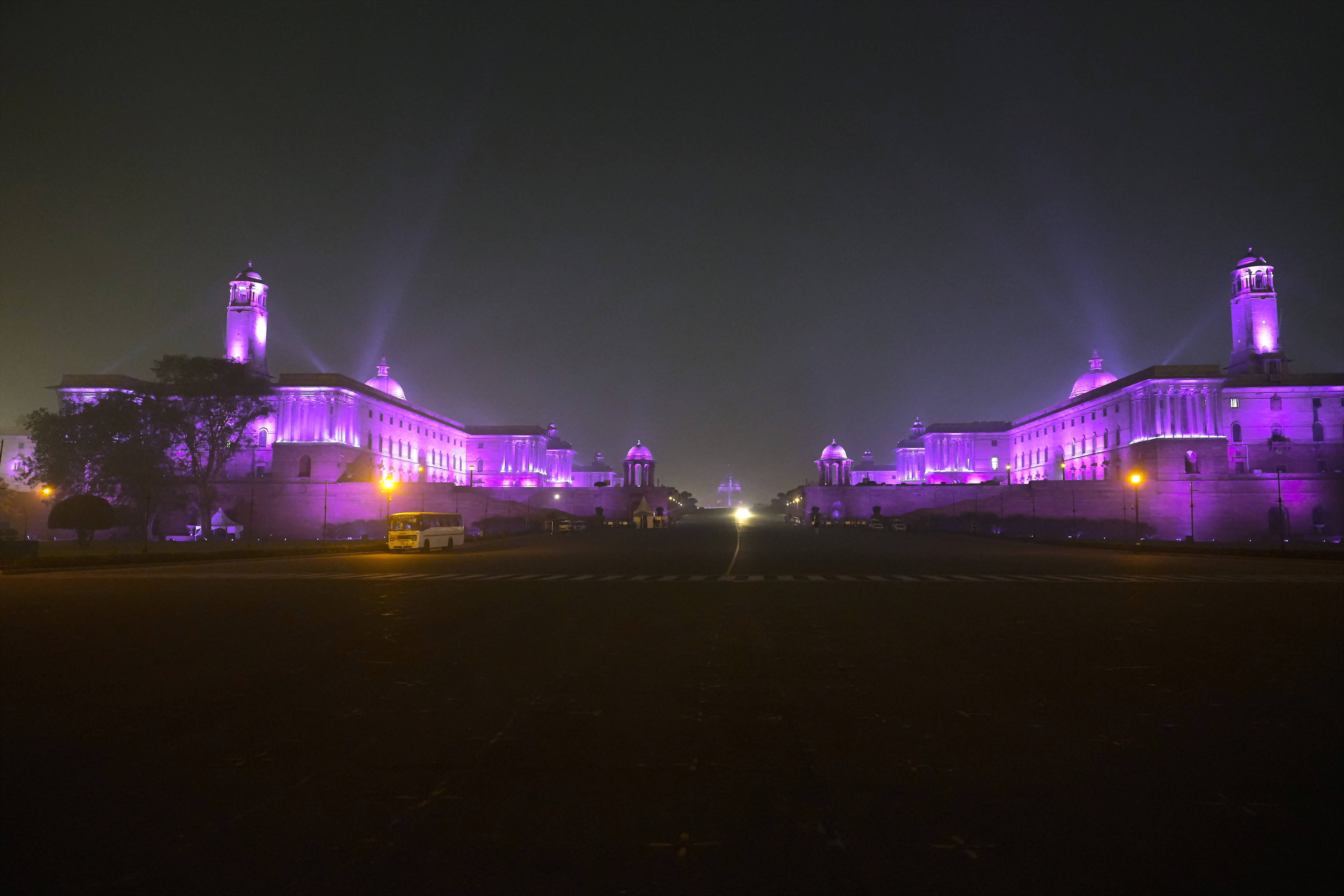
The South Block houses the External Affairs Ministry, the Defence Ministry and the Prime Minister’s Office, while the North Block has the ministries of finance and home.
The two identical blocks on the Raisina Hill along with the Rashtrapati Bhavan, symbols of architectural grandeur and administrative power, were built as part of the ‘New Delhi’ imperial capital, between 1911-1931. The new capital was formally inaugurated by the then Viceroy Lord Irwin in February 1931.
According to sources in the Culture Ministry, the concept for the new museum aims to make it more interactive along the lines of other famous museums like the British Museum and is likely to include audio visual elements and virtual walkthroughs.
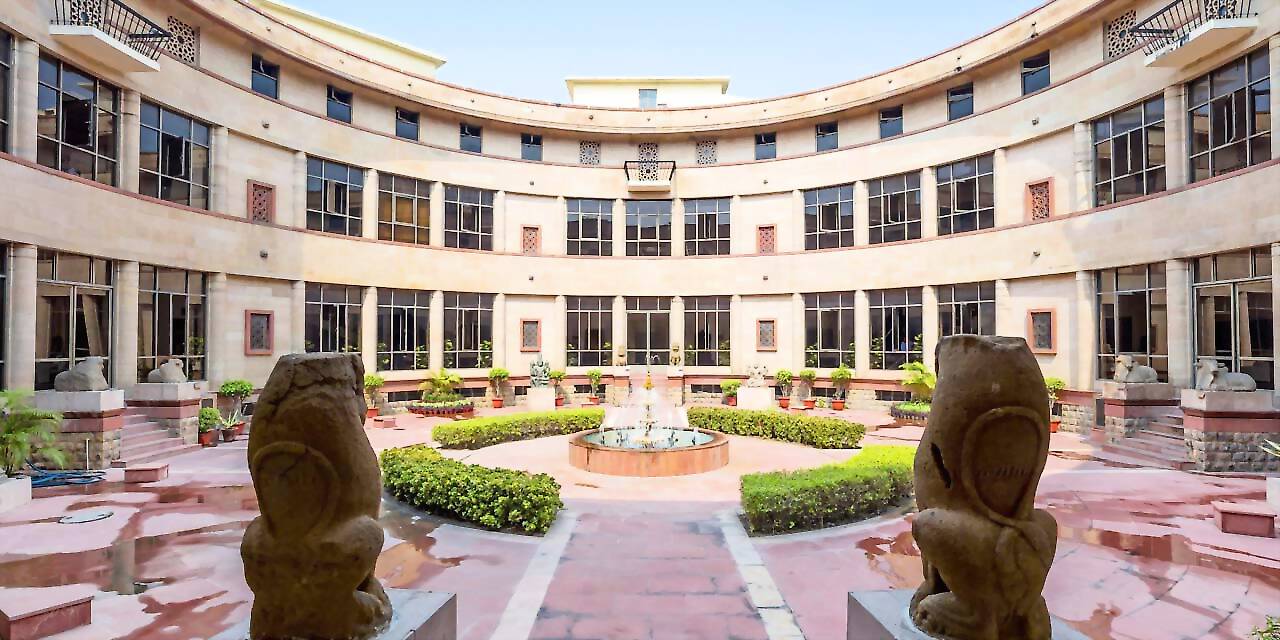
The museum will have “eight thematic segments”, which broadly include, ancient Indian knowledge, ancient to medieval, medieval, medieval to transition phase, modern India, colonial rule when the Dutch, the British, the Portuguese and others came to India, the freedom struggle and finally the 100 years from 1947 onwards, when we got Independence.
Cooperation from France
The museum will be made with the cooperation from France as the country has experience in handling major cultural projects, especially the Louvre Museum, which hosts Mona Lisa among other masterpieces. PM Modi during his latest visit to Paris signed a Letter of Intent in this regard.
“Cooperation in the field of museums and heritage: As nations endowed with rich culture and history, India and France will intensify their joint work to showcase their heritage and pass it on to future generations. India and France welcome the signing of the Letter of Intent for the National Museum of India project,” a government statement said.
Here are some of the interesting facts about the Yuge Yugeen Bharat National Museum:
- The virtual walkthrough of the museum provides a digital experience into how the galleries and gardens in it will appear once the museum is completed. Mauryan to Gupta Empires, Vijayanagara Empire, Mughal Empire, and the rule of several other dynasties will be mentioned in the walkthrough.
- It will also showcase the visitor about ancient town planning systems, the Vedas, Upanishads, ancient medical knowledge, etc.
- The project of the museum was first revealed on the occasion of the International Museum Day on May 18, where Prime Minister Narendra Modi launched a virtual walkthrough of the museum.
- Ancient artefacts and other rich collections of the National Museum will be shifted to the North and South Blocks as part of the museum project.
- Union Minister of State for Culture Meenakashi Lekhi has said that the current National Museum building will become part of the Kartavya Path and the annexes of the Kartavya Path.
- The new museum will showcase India through the prism of Indianness. The design of the museum will emphasise not just the splendour of the various eras but also the vibrant cultures, animals and flora of the country.
- The distinctive metallurgical tradition of the country’s historical groups like the extraction of Zinc in Rajasthan will also be displayed in the museum.
- The museum will also highlight India’s contributions to mathematics, science and technology.
- It will also emphasise the contributions of Sardar Vallabhbhai Patel, BR Ambedkar and Mahatma Gandhi and for the first time recognise the tribal independence fighters.











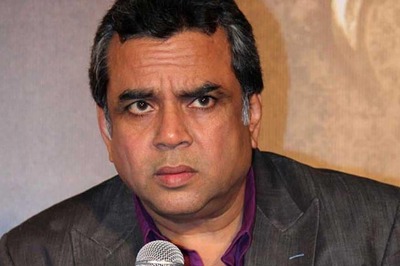
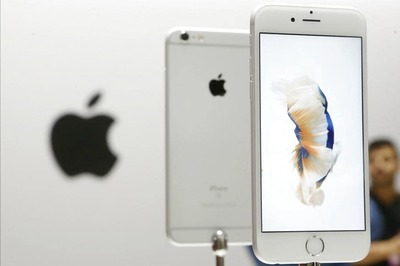


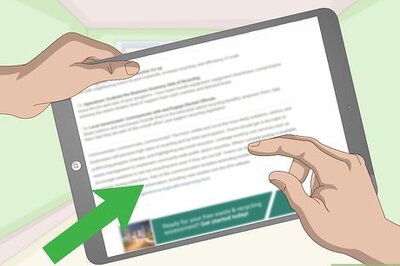


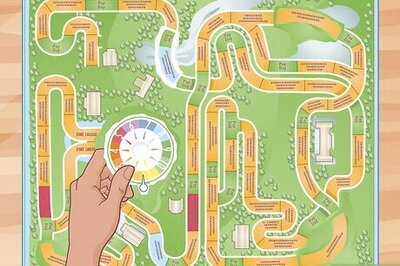

Comments
0 comment